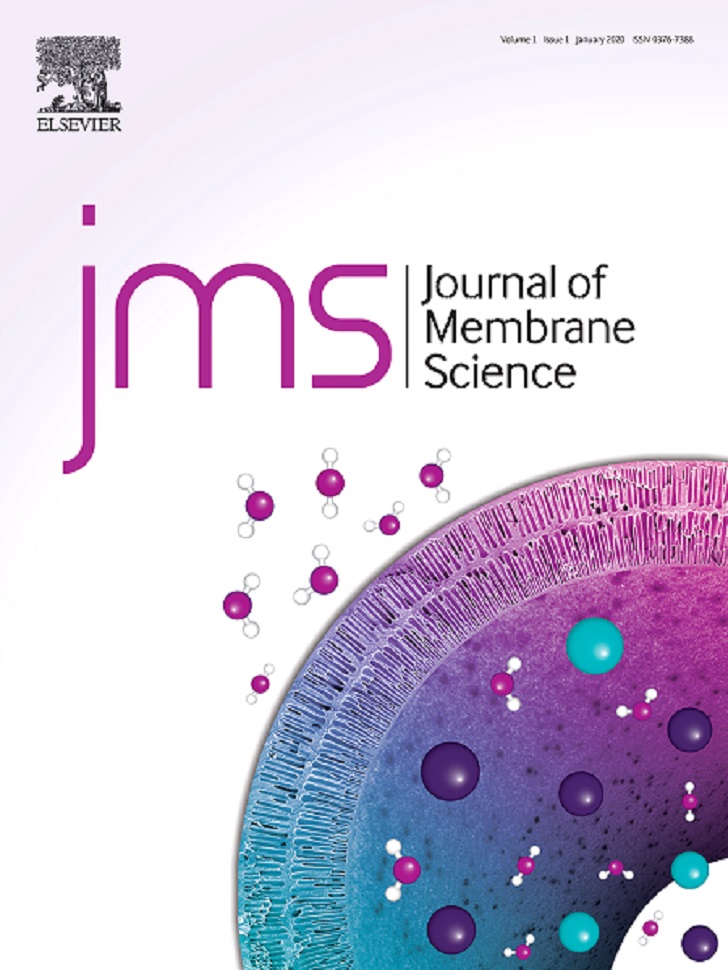
The research article 'Nanofibers interpenetrating network mimicking “reinforced-concrete” to construct mechanically robust composite membrane for enhanced CO2 separation' has been published in the Journal of Membrane Science (Volume 639, 1 December 2021, 119749).
Abstract
The electrospun nanofiber mat (NFM) with 3D networks has advantages of high porosity and large specific surface area, but its porous structure limits the application in gas membrane separation. Therefore, in this work, a novel and defect-free nanofibers interpenetrating composite membrane is proposed for CO2/N2 separation. And it is constructed by in-situ polymerization of low-molecular-weight polyethylene glycol (PEG) into the inner-voids within PAN NFM. In this nanofiber composite membrane (NFCM), PAN nanofibers interpenetrate into PEO matrix to form a “reinforced-concrete” structure with good interfacial compatibility between them, which has been demonstrated by SEM, EDS, ATR-FTIR and C1s XPS characterizations. Particularly, the PAN nanofiber acts as “Rebar” framework, while the void-sealing polymer PEO serves as “Concrete”. They are bonded into a whole through adhesive force to bear the external force together, resulting in elevated mechanical properties than the pure PEO membrane. Furthermore, the CO2 permeability of each PEO/PAN NFCM shows a minor decease in contrast with corresponding pure PEO membrane due to the barriers of PAN nanofibers to CO2 molecules. However, the CO2/N2 selectivity of each NFCM has been increased by 13–15 in contrast with its corresponding pure PEO membrane. This enhancement can be explained by the size screening from PAN nanofibers overlapping and stacking and the tortuous transport pathway along the impermeable PAN nanofibers. As a result, the 3:7/PAN NFCM exhibits a CO2 permeability of 343 Barrer and a CO2/N2 selectivity of 65.4, exceeding the Robeson upper bond of 2008. Together with the excellent mechanical properties, the proposed nanofibers interpenetrating composite membrane displays a bright prospect for CO2 capture.


